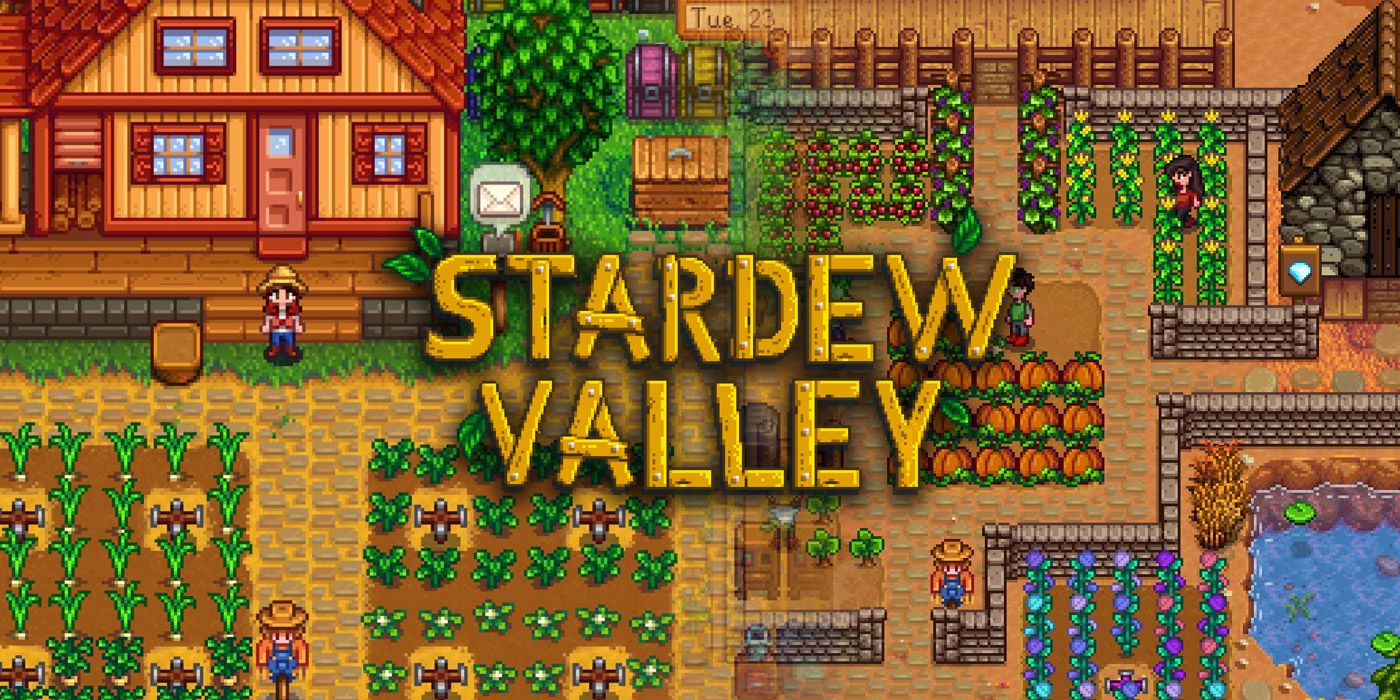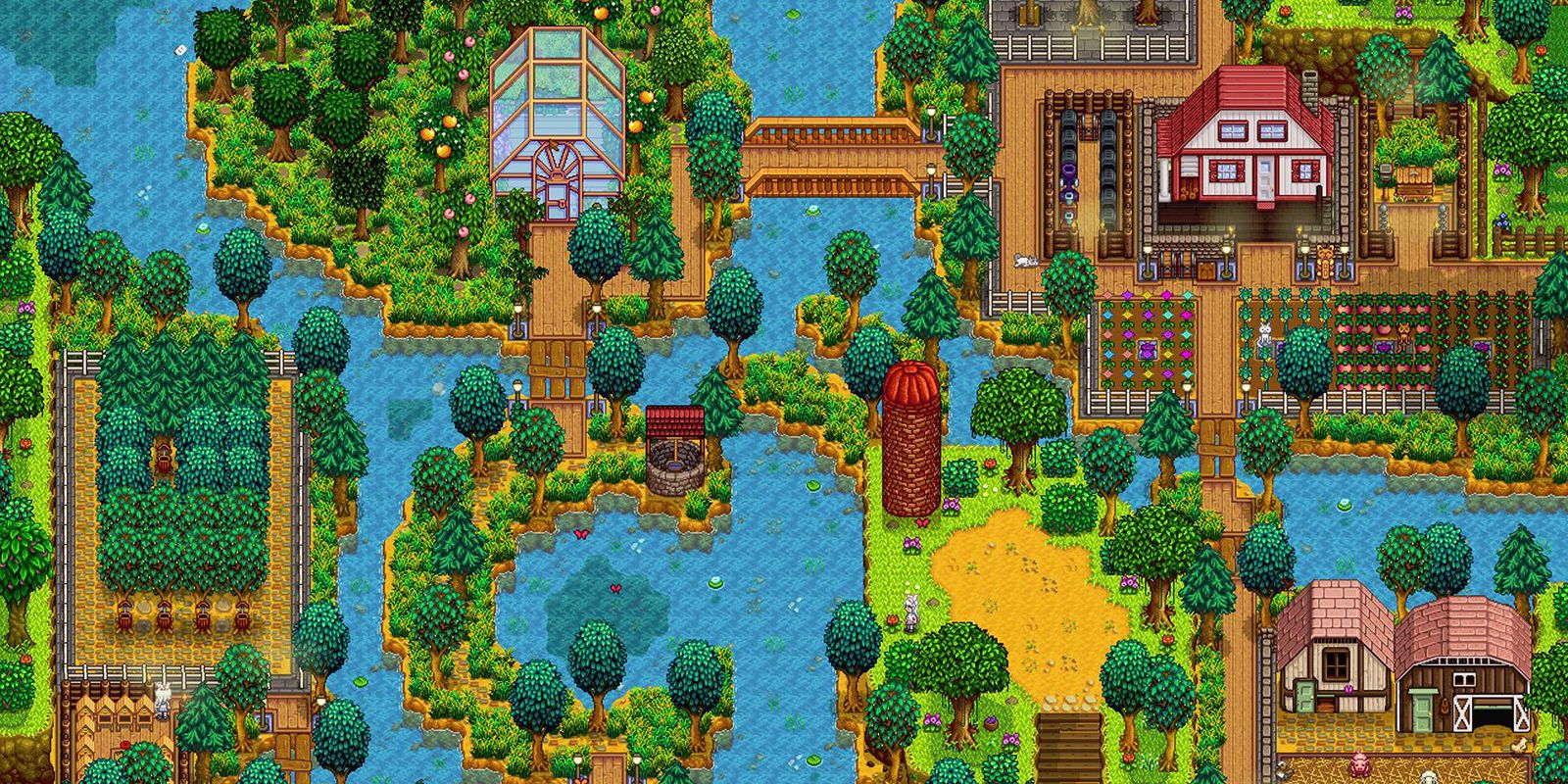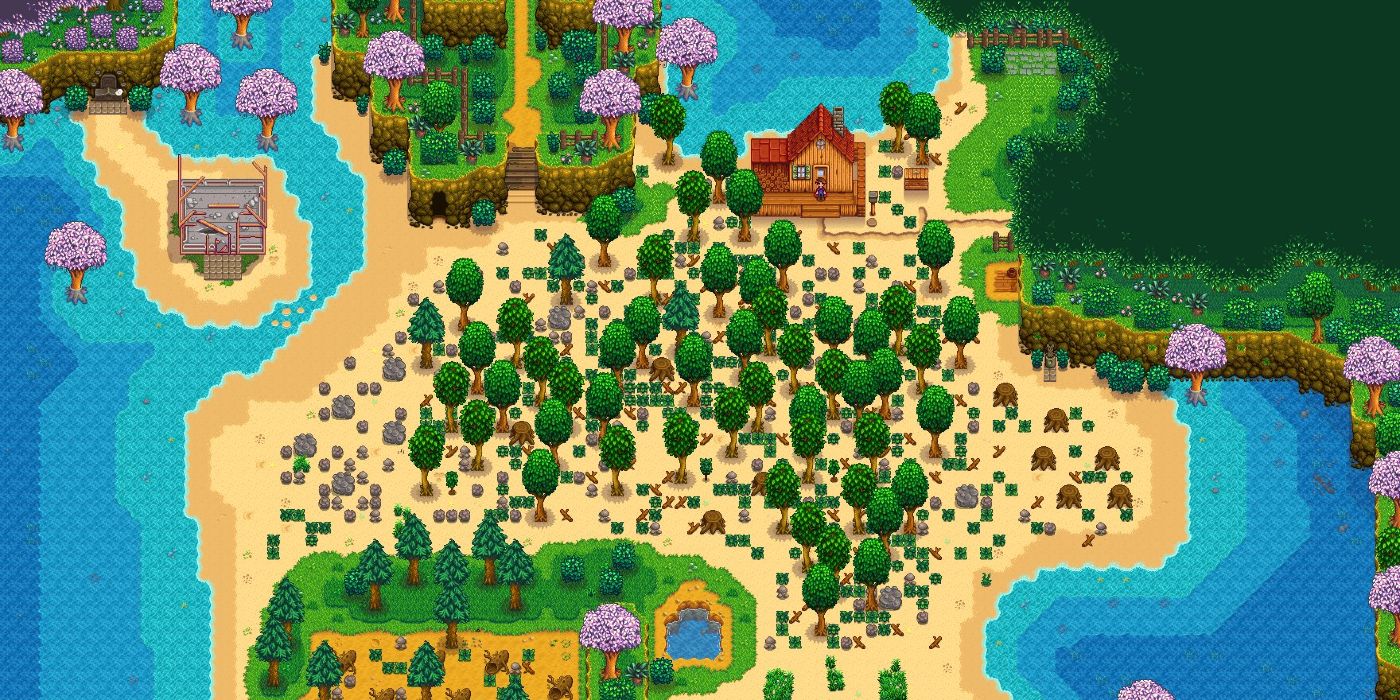In the same way that Animal Crossing: New Horizons might seem quite boring on the surface level, spending most of the day talking to anthropomorphic villagers, catching bugs and fish, and selling turnips for insane amounts of money, Stardew Valley also probably doesn't seem all that interesting to gamers who are used to high intensity, action-packed titles.
Rather, Stardew Valley's intensity comes from the drive to complete tasks and feel that sense of fulfillment. It comes from task management while battling with small in-game obstacles, from knowing that completing this small task will help with completing that other bigger goal. Not only is it satisfying to the player each time they successfully do so, but knowing they have even more to get done, it forces this "just another day" feeling in players.
The Creation of Stardew Valley
Stardew Valley was originally created by this normal guy who liked the original Harvest Moon games, Eric Barone. Like most, he felt that the newer Harvest Moon games didn't scratch the old itch, so he spent years recreating that feeling. It reached not just other farming sim fans, but a broad spectrum of gamers.
And despite being essentially a recreation of obsolete games, Stardew Valley implements some of the systems now commonly used across the entire farming sim genre and makes them better. Now, in the most recent installment of Story of Seasons the series is borrowing back some of the improvements on the mechanics Barone made such as a difficult fishing mini-game, allowing players to see how much money they made from each individual product at the end of the day, and adding enemies to the mines.
The grind became addicting, as did the progression and reward system Barone had created. Completing certain main quests would result in conclusions to hilarious storylines, like the relationship between Marnie and the Mayor. Upgrading weapons allows players to traverse new caverns. Completing sections of the Community Center means new parts of the map for players to explore. And marrying a villager means additional help around the farm, as well as being able to raise kids.
Why was it that Barone was able to implement task completion in such as a satisfactory way? Perhaps because Stardew Valley itself was a self-motivated project, which meant overcoming task management obstacles like inspiration, scheduling, and the general drive to get the task done. Whatever the case, the successful formula resulted in the sale of over 10 million copies and became known for "breathing new life into a genre" by critics, effectively turning Barone into a self-made millionaire.
Stardew Valley's Success
Stardew Valley surpassed Harvest Moon's popularity so much so that when similarly inspired farming sims pop up from other indie developers, some proclaim them to be just another "Stardew Valley clone" without recognizing that Stardew Valley itself was not an original concept. This is in spite of the fact that Stardew wasn't created by a team at a development studio backed by a large publisher.
Still, while being developed by a sole person, Stardew Valley ended up being more balanced in its mechanics, offering higher replayability value, and delivering players with highly requested late-game content that Harvest Moon and Story of Seasons simply doesn't have. All for a fraction of the cost that players can pick up the newest Story of Seasons game, and made available across more platforms.
Stardew Valley's Inspiration
Having reached so many players, Stardew Valley then inspired other single developers to create their own farming sims. If Eric Barone, who had no experience in art design, could make a game as delightful and fulfilling as Stardew Valley, why couldn't the next person? Barone, though he had gone to school for computer science, had no experience animating sprites, writing multiplayer code, or composing dozens of original tracks. Meaning, with years of grueling dedication, others could make a game just like Stardew.
But what struck this inspiring cord in other developers? All Barone aimed to do with Stardew Valley, originally called Sprite Valley in early development phases, was recreate the experience he had with the first Harvest Moon games in a way that would please him and his girlfriend. In response, other players-turned-developers are attempting to recreate the same feelings they got from Stardew Valley. By copying and implementing the same strong gameplay mechanics and putting their own twist on it, others have done essentially what Barone did with his very own home-grown farming sim.
Stardew Valley is available now on Mobile, PC, PS4, Switch, and Xbox One.



